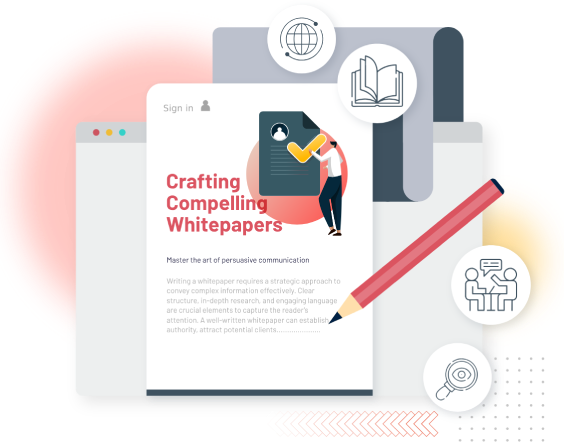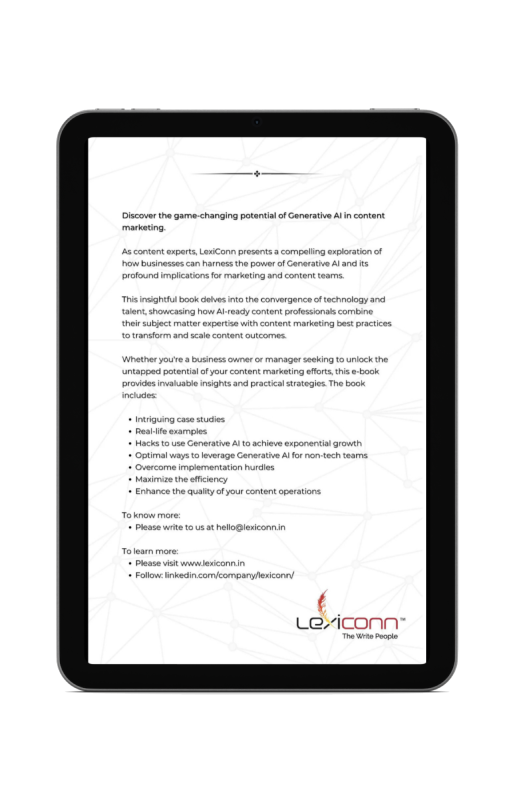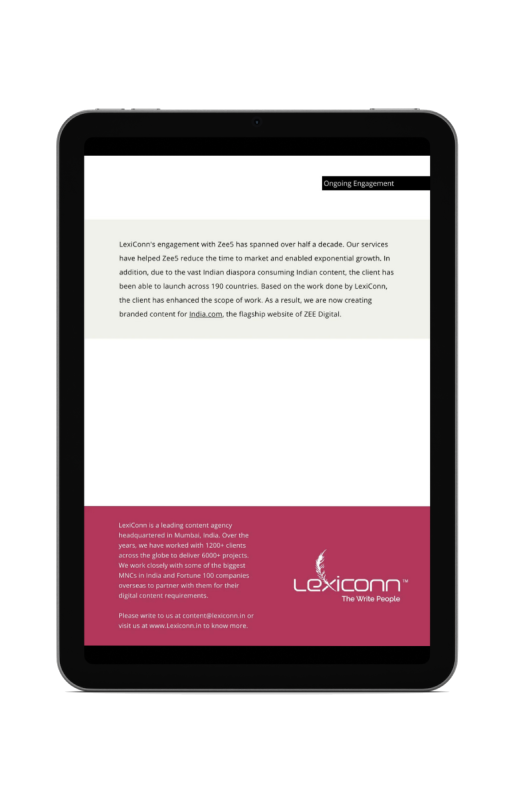
Engineers have notoriously high standards for technical documentation. They expect precision, clarity, and efficiency when integrating with your API. Poor documentation creates friction that can drive potential users away before they've even experienced the value of your product. Conversely, exceptional documentation can become a competitive advantage and a growth catalyst.
This comprehensive guide explores the best practices for creating API documentation that engineers genuinely appreciate, leading to better user experiences, higher adoption rates, and ultimately, stronger business growth.
Developer-focused products spread through word-of-mouth and community recommendations. When engineers discover documentation that helps them implement solutions quickly, they become advocates.
The first interaction many users have with your product is through your documentation. This critical touchpoint determines whether they'll successfully implement your API and experience its value.
Every question answered in your documentation is one less support ticket. High-quality documentation scales your support efforts, allowing your team to focus on product improvements.
Documentation is often the primary interface for self-serve users. When it excels, it enables product-led growth by allowing users to discover, implement, and expand their usage.
Create a structured hierarchy using headings (H1, H2, H3) which automatically generate a Table of Contents:
H1: API Documentation
H2: Authentication
H3: API Keys
H3: OAuth 2.0
H2: Endpoints
H3: User Management
H3: Transactions
H2: Error Handling
H3: Common Errors
H3: TroubleshootingUse tables for quick reference sections:
| Category | Topic | Page Link |
|---|---|---|
| Authentication | OAuth, API Keys | Link to section |
| Endpoints | User Management | Link to section |
| Error Handling | Status Codes | Link to section |
Every endpoint should include:
Implementing API documentation best practices isn't just about technical writing—it's a strategic investment in growth. By focusing on clarity, comprehensiveness, and user experience, you can transform your documentation into a powerful growth engine.
At LexiConn, we specialize in creating technical content that drives growth for SaaS and technology companies. Our team can help you implement these API documentation best practices to create documentation that engineers love.
Book a Strategy Call


I have read and accept the Privacy Policy
Read More